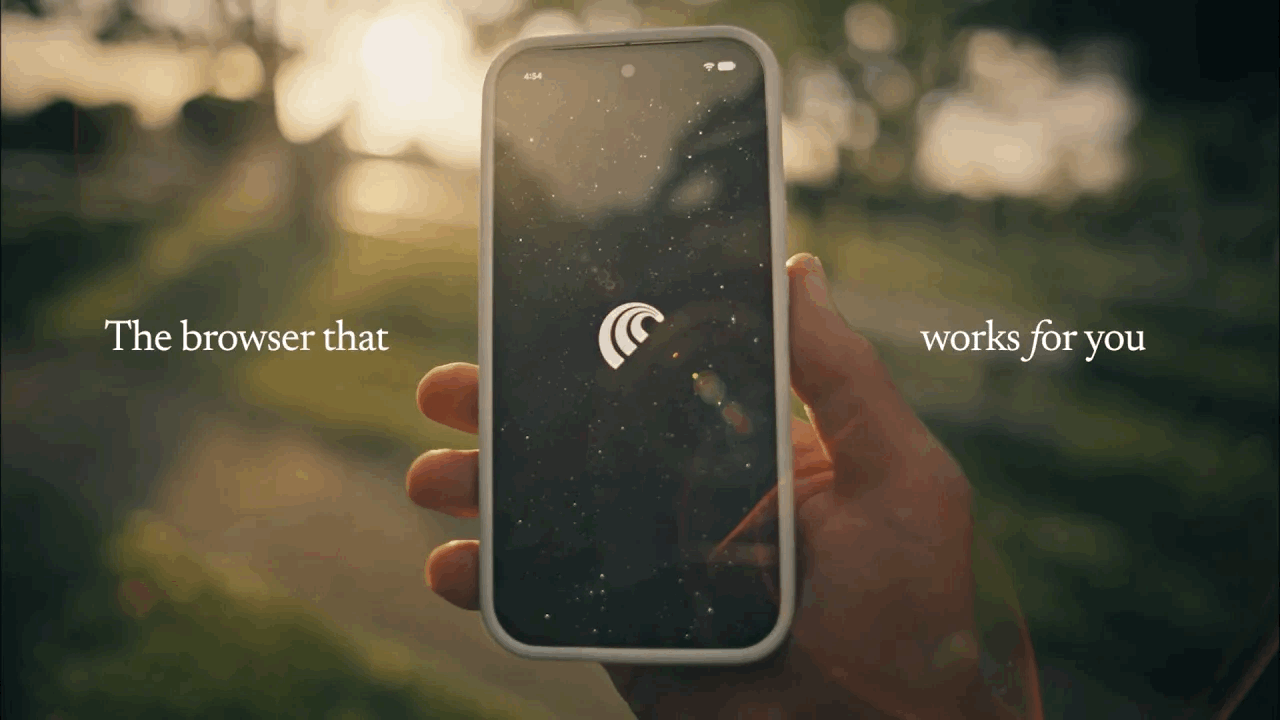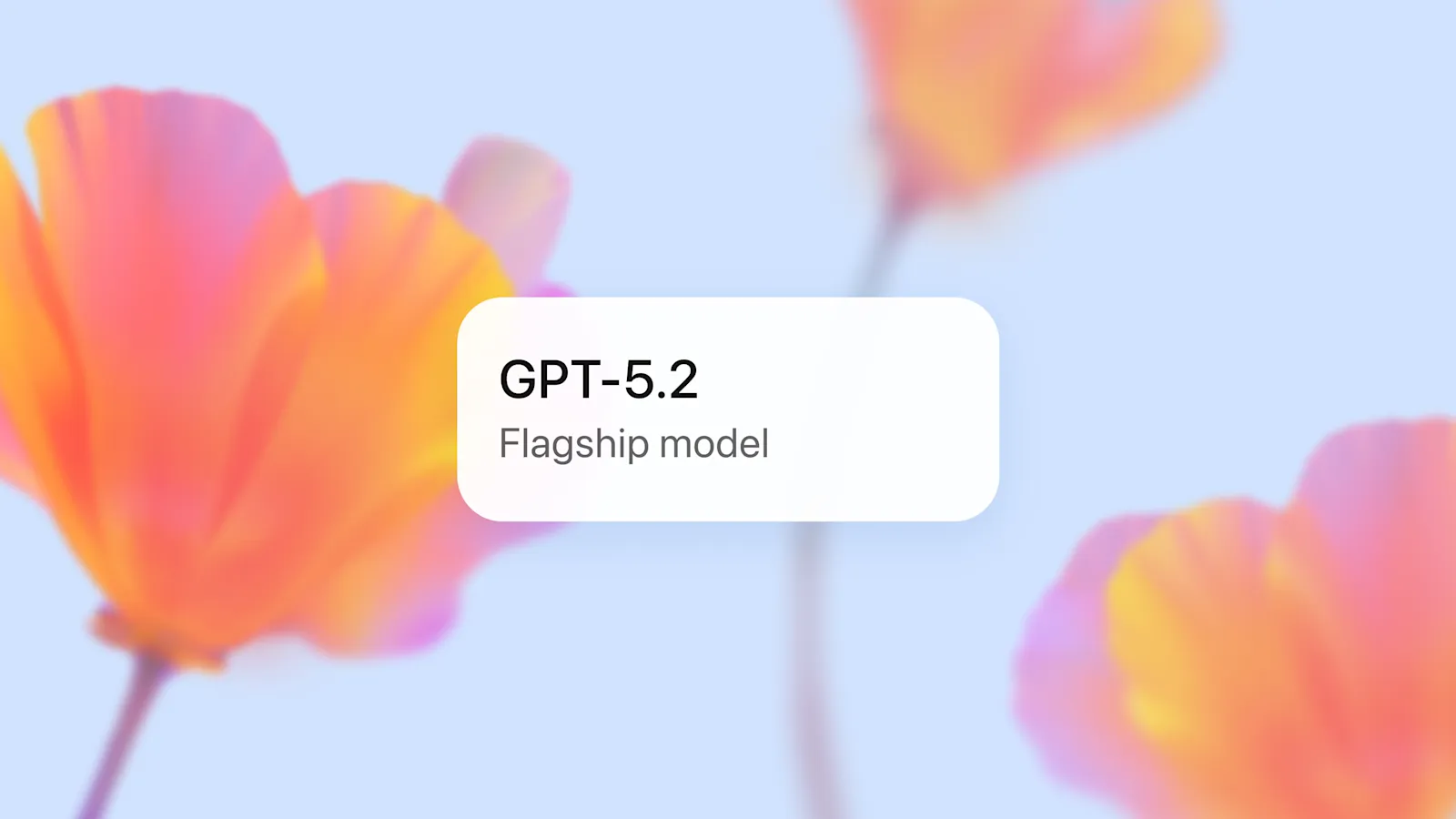In today’s fast-paced digital world, the demand for quick, engaging video content on social media platforms like TikTok, Instagram Reels, and YouTube Shorts is soaring. Creating these bite-sized videos used to require significant time, skill, and resources. However, the emergence of the AI video clip generator has changed the way content is produced, making it accessible to everyone, even those with little to no technical know-how. This article explores how these innovative tools are meeting the needs of creators by enabling the production of professional-grade clips in just minutes, focusing on standout solutions like Sora, Veo, and Runway.
Meeting the Demand for Short-Form Content

Social media thrives on brevity and impact. Users scroll through endless feeds, stopping only for videos that grab their attention within seconds. This trend has created a pressing need for content that is not only visually appealing but also quick to produce. Traditional video editing often involves hours of cutting, trimming, and polishing footage, a barrier for many aspiring creators. Now, with AI-driven tools, anyone can turn raw ideas or long-form videos into polished shorts tailored for viral potential. These tools analyze content, pick out key moments, and even add captions or effects automatically, saving creators countless hours.
The appeal of short-form content lies in its ability to convey a message or story swiftly. Platforms have adapted by prioritizing such videos in their algorithms, further driving the need for efficient creation methods. An AI video clip generator addresses this by streamlining the process, allowing users to keep up with trends and post frequently without sacrificing quality. This shift has opened doors for small businesses, influencers, and everyday users to build their online presence with ease.
How an AI Video Clip Generator Works
At its core, an AI video clip generator uses advanced algorithms to simplify video production. These tools can take a variety of inputs—text prompts, images, or even existing videos—and turn them into short, engaging clips. For instance, some platforms allow users to upload a long recording, after which the AI identifies the most compelling segments, rearranges them, and adds dynamic elements like subtitles or transitions. Others generate entirely new content from a simple written description, crafting visuals and audio to match the idea.
This technology relies on vast datasets to understand what makes a video captivating. It learns patterns from popular content across social platforms, ensuring the output aligns with current styles and formats. Whether it’s a 10-second teaser or a 60-second story, an AI video clip generator can adapt to different durations and aspect ratios, fitting the specific requirements of TikTok, Instagram, or YouTube. For those new to video creation, this means professional results without needing to master complex software.
Spotlight on Leading Tools: Sora, Veo, and Runway

Several AI video clip generator tools stand out for their capabilities, each offering unique features to simplify content creation. Sora, developed by OpenAI, allows users to create videos up to a minute long from text prompts, maintaining high visual quality. The tool was released to the public on December 9, 2024, and is available to ChatGPT Plus and Pro users¹. Users can generate videos up to 1080p resolution and up to 20 seconds long, with support for widescreen, vertical, or square aspect ratios².
Veo, backed by Google DeepMind, focuses on cinematic quality with precise control over scenes and characters. The latest version, Veo 3, integrates audio creation, including dialogue and sound effects, synced perfectly with visuals⁴. This tool excels at interpreting detailed story-based prompts, producing fluid sequences with realistic motion and customizable camera angles, which adds a polished touch to short-form content.
Runway, another key player, offers fine-tuned control over video generation with its Gen-3 Alpha model. Released on June 17, 2024, it can produce high-quality clips from text or images, with durations up to 10 seconds³. Runway’s strength lies in creating expressive characters and seamless transitions, making it a favorite among creators aiming for standout visuals in their social media shorts.
Benefits for Creators of All Levels

The impact of an AI video clip generator extends beyond just speed. These tools lower the entry barrier, enabling anyone to produce content that looks expertly crafted. For small business owners, this means creating ads or promotional clips without hiring a professional editor. For influencers, it’s about staying relevant by posting regularly with fresh, eye-catching material. Even casual users can share personal stories or moments in a format that resonates with wider audiences.
Moreover, many AI video clip generator platforms offer features like automatic subtitles, royalty-free music, and templates designed for specific platforms. This ensures that the final product isn’t just quick to make but also optimized for engagement. With support for multiple languages and styles, these tools cater to a global user base, allowing creators to connect with diverse viewers. The ability to schedule posts directly from some platforms further streamlines the workflow, saving even more time.
Challenges and Considerations
While the benefits of an AI video clip generator are clear, there are limitations to keep in mind. Some tools struggle with complex physics or precise spatial details in generated content, which can affect realism in certain scenarios. For instance, Runway’s Gen-3 Alpha acknowledges occasional inconsistencies in object interactions within its short clips³. Users should be aware of these constraints and choose tools based on their specific project needs.
Additionally, while many platforms offer free trials or basic plans, premium features often require a subscription. This cost might be a factor for those just starting out, though the time saved often justifies the investment for frequent creators. Understanding the tool’s capabilities and testing outputs can help ensure the best results for short-form content.
Looking Ahead

The rise of the AI video clip generator marks a significant shift in how we approach content creation for social media. As platforms like Sora, Veo, and Runway continue to refine their offerings, the process will only become more intuitive and powerful. For creators, this means greater freedom to experiment and share ideas without being held back by technical hurdles. The focus remains on storytelling and connection, with AI handling the heavy lifting of production.
In a world where attention spans are short, having an AI video clip generator at your fingertips is a vital asset. It empowers users to craft compelling videos that stand out in crowded feeds, all while keeping the process simple and efficient. As this technology advances, it promises to open even more opportunities for creativity, making high-quality video content a possibility for everyone.
Citations
- “OpenAI Has Finally Released Sora.” The Verge, 9 Dec. 2024.
- “Sora Is Here.” OpenAI, 9 Dec. 2024.
- “Runway’s New Video-Generating AI, Gen-3, Offers Improved Controls.” TechCrunch, 17 June 2024.
- “Try Google Veo 3 for Free: Use the Veo AI Video Model on Media.io.” Media.io, 1 Jan. 2024.
Please note, that the author may have used some AI technology to create the content on this website. But please remember, this is a general disclaimer: the author can’t take the blame for any mistakes or missing info. All the content is aimed to be helpful and informative, but it’s provided ‘as is’ with no promises of being complete, accurate, or current. For more details and the full scope of this disclaimer, check out the disclaimer page on the website.



